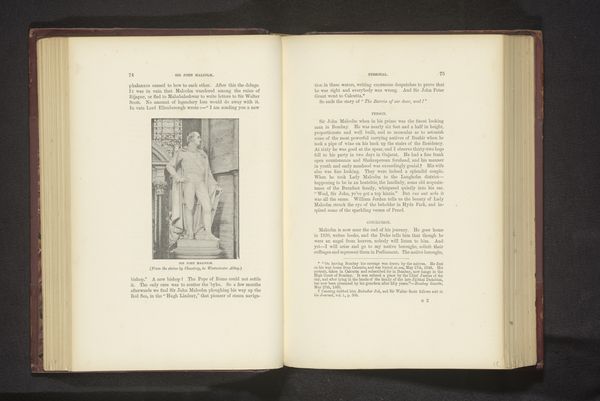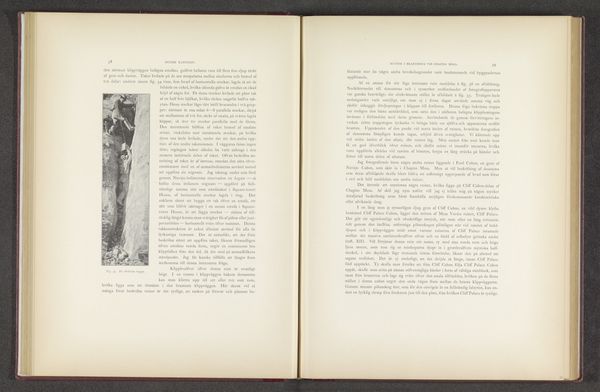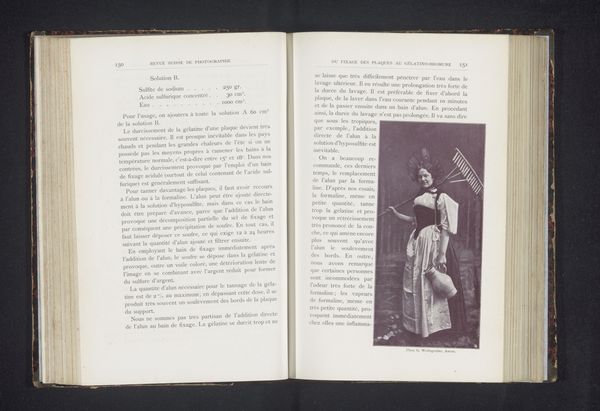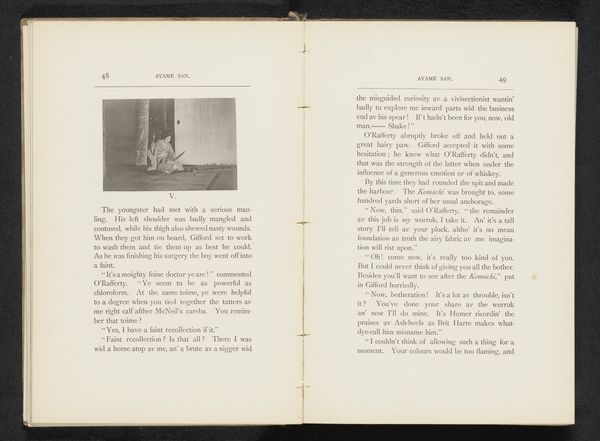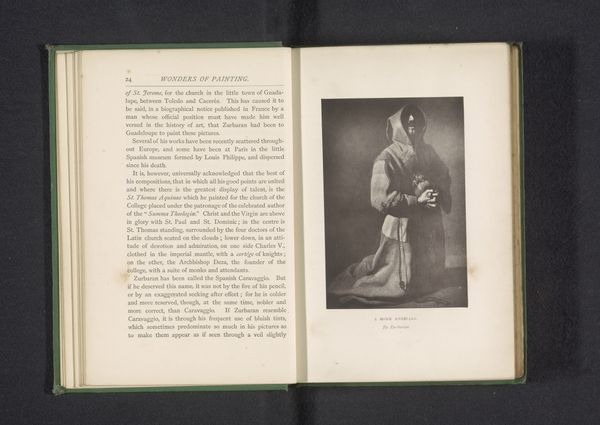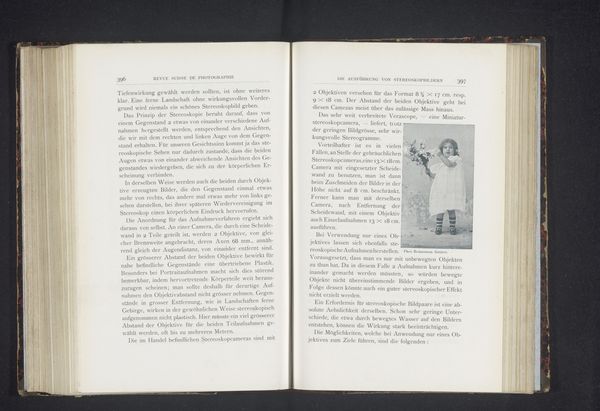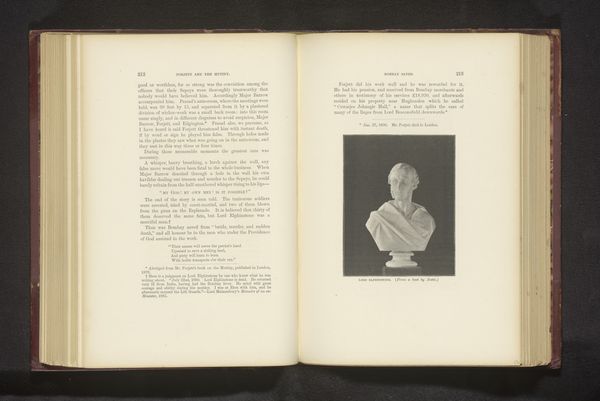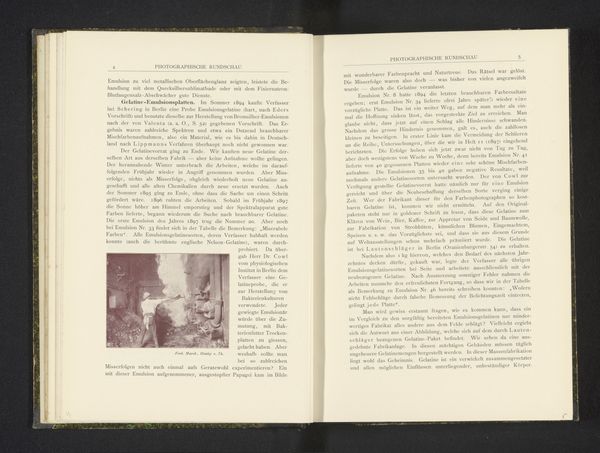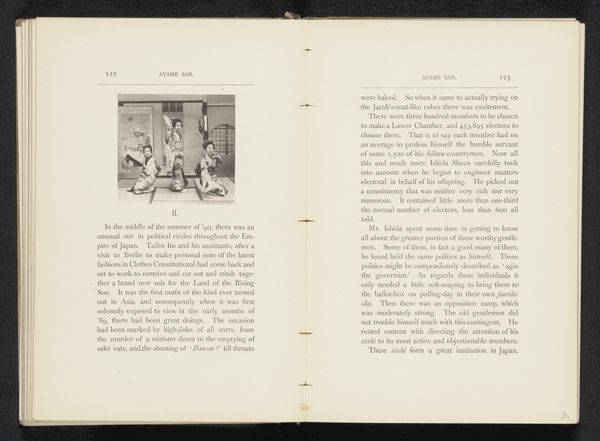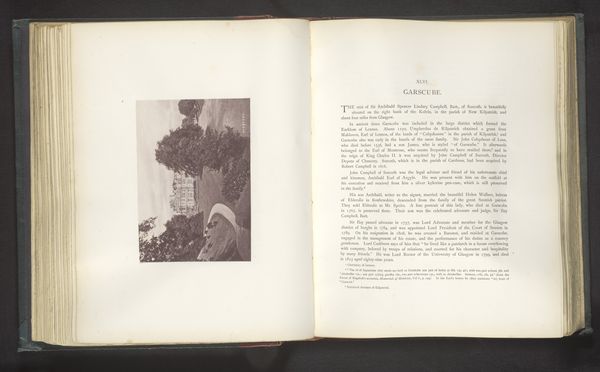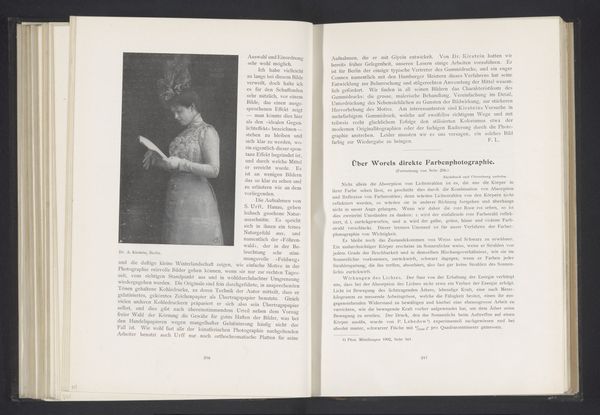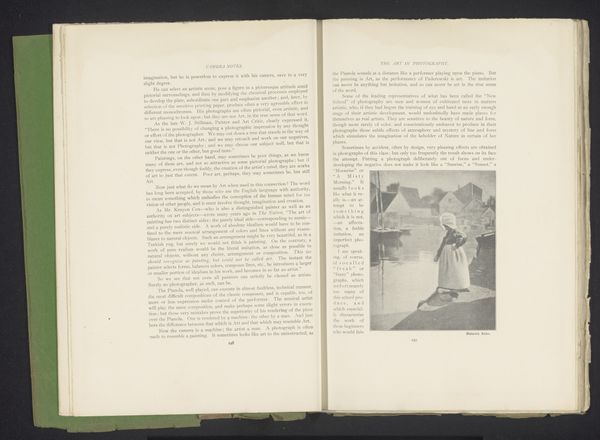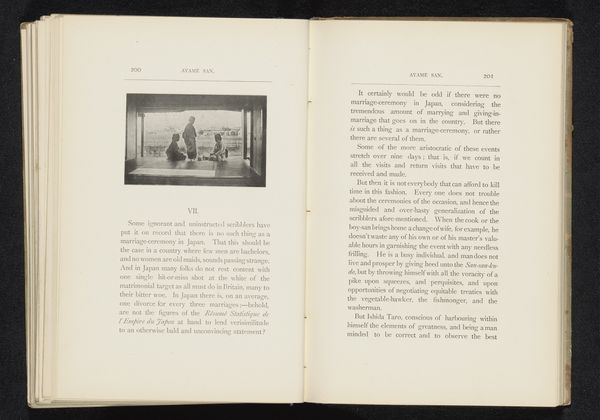
photography, gelatin-silver-print
#
portrait
#
asian-art
#
photography
#
column
#
orientalism
#
gelatin-silver-print
#
dress
Dimensions: height 83 mm, width 50 mm
Copyright: Rijks Museum: Open Domain
Curator: We're looking at "Vrouw in een kimono naast een houten pilaar" or "Woman in a kimono next to a wooden pillar" by William Kinnimond Burton, sometime before 1892. It’s a gelatin-silver print. Editor: The kimono immediately catches my eye – the details seem so deliberate and carefully chosen. It sets a very specific mood, one that feels both formal and quietly introspective. It gives a muted, almost antique feel, doesn't it? Curator: Yes, the photographic processes employed, such as the gelatin silver print, speak to a specific material context—how the image was made is key to how we read it now, decades later. And yes, I find myself intrigued by how Burton has placed the model—the social positioning is vital. She's standing next to this very solid architectural element—a wooden pillar—the staging contributing to the work's evocation of orientalism. Editor: Orientalism, precisely. There's an exoticism here, isn’t there, a constructed view of the East? I mean, that column itself feels almost like a prop in this delicate dance between observer and observed. It adds a sort of gravitas but also perhaps a layer of artifice, like she’s been positioned against it, or displayed in front of it. Curator: And one can’t ignore that the making of photographs became much easier due to industrial production. The means of producing the ‘exotic’ itself becomes industrialized. We're viewing this photograph through the lens of evolving technologies. Editor: Makes you wonder about her. Her gaze, her stillness. The weight of the image itself is remarkable given the ephemeral nature of photography and how the perception of cultures shifts constantly. I imagine her thoughts; was she simply acting, or did some part of her spirit find expression here despite everything? Curator: Exactly—these processes inevitably shaped what she could express, even unconsciously. To study Burton’s process gives a strong counterpoint to her posed stillness and possible inner turmoil. It reveals how power structures worked, shaping and marketing cultural images at a certain moment in time. Editor: So, when I see the print of the photograph I think more now of her silent collaboration. The power isn’t simply with Burton. We now look back at her presence, acknowledging that those past conditions have created a completely new reading.
Comments
No comments
Be the first to comment and join the conversation on the ultimate creative platform.
